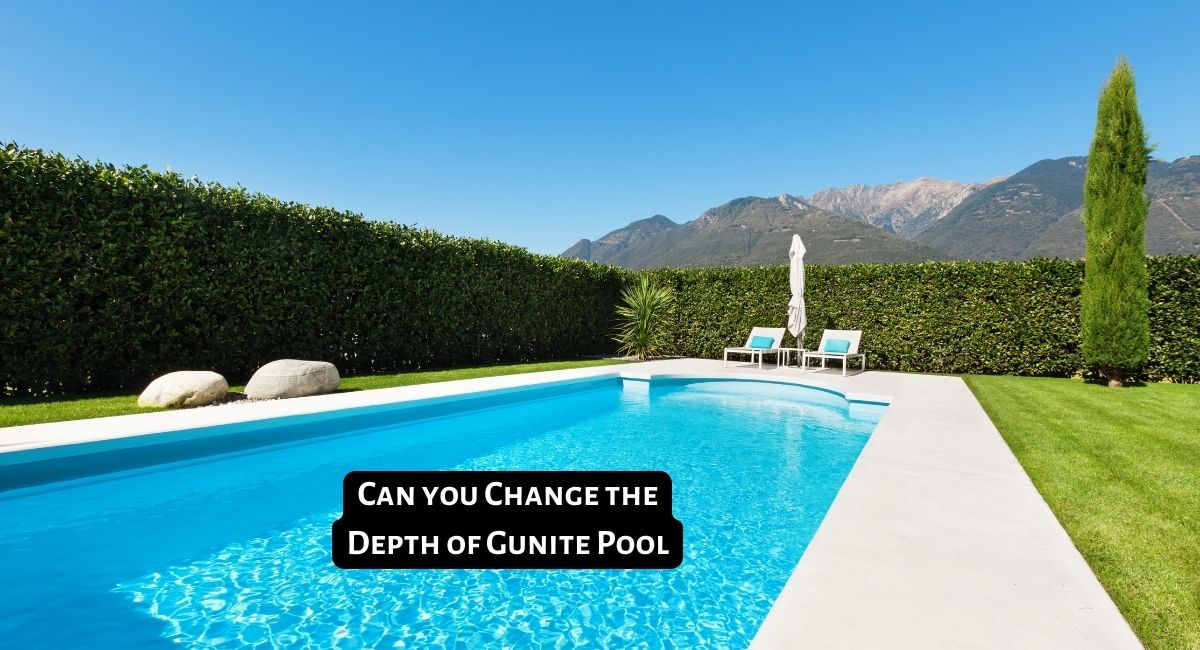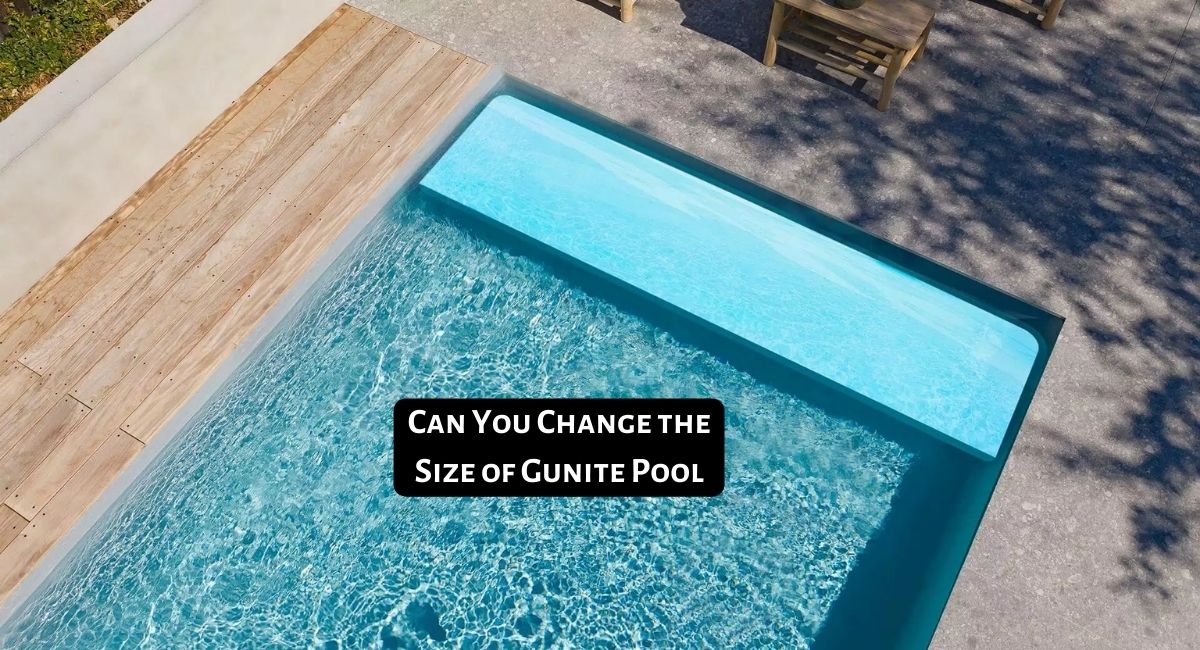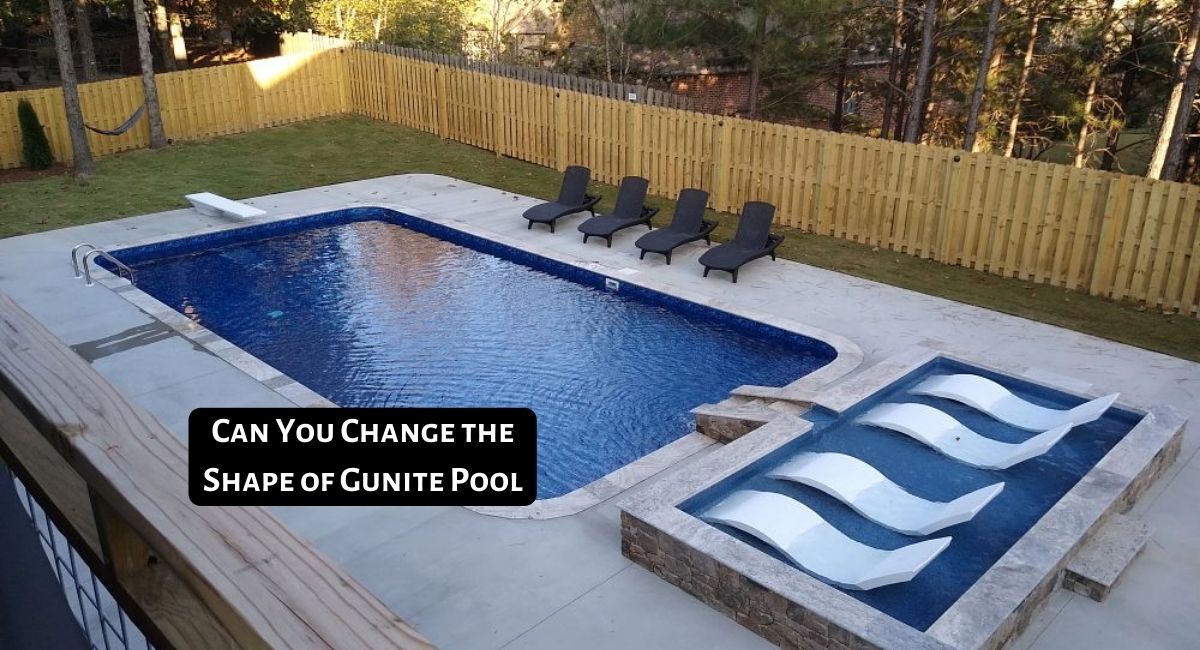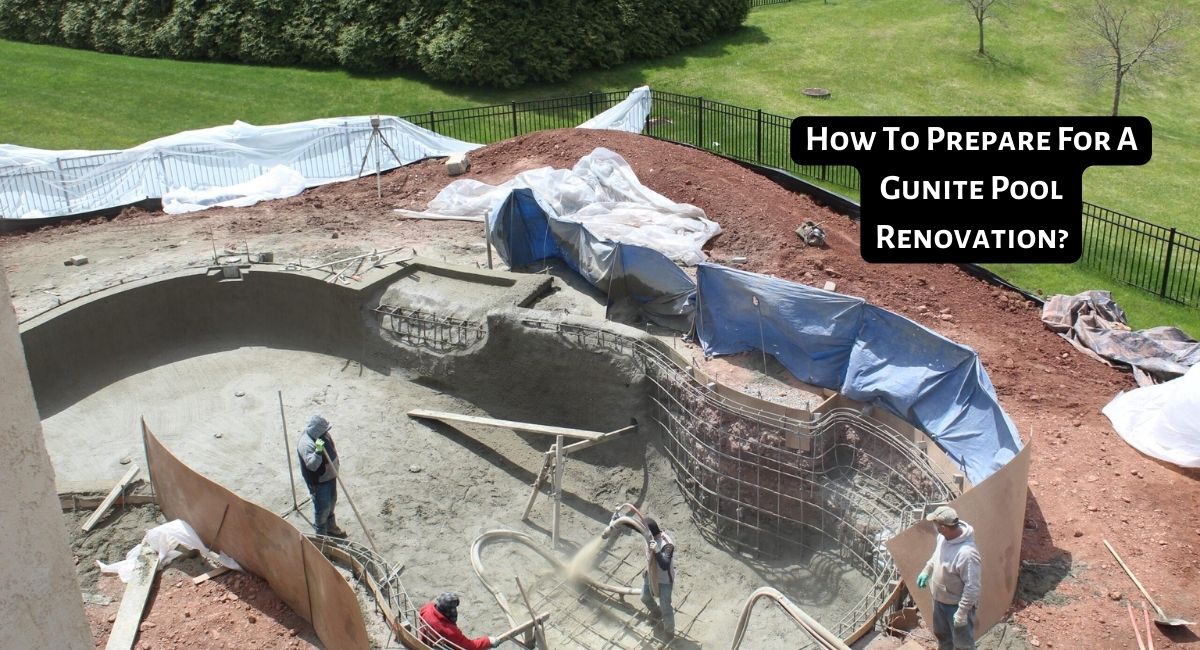I've been spending a lot of time by my gunite pool, enjoying the sun and cooling off in the water.
But lately, I've noticed some wear and tear on the surface. I need to resurface my pool, but I'm not sure when or how to do it.
In this article, I'll share some signs to look out for, the best time to resurface, step-by-step instructions, and whether it's better to hire a professional or do it myself.
I'll also give you some tips for maintaining a longer-lasting pool surface.
Let's get started!
Key Takeaways
- Signs of wear and tear in a gunite pool include cracks, chips, discoloration, and rough texture.
- Resurfacing your gunite pool improves its appearance, durability, water quality, and overall lifespan.
- The steps for resurfacing a gunite pool include draining the pool, removing damaged plaster, applying a new layer of plaster or resurfacing material, and balancing chemicals.
- Hiring a professional for gunite pool resurfacing ensures correct and efficient results, but DIY is a cost-saving option that requires time, effort, and research.
Signs of Wear and Tear
I'll share the signs of wear and tear that I've noticed in my gunite pool over time.
Proper pool maintenance is essential to ensure its longevity and functionality.
One of the most common signs of wear is when the pool surface starts to deteriorate. You may notice cracks, rough patches, or even chunks of the surface missing. These issues not only affect the pool's appearance but can also lead to leaks and further damage if left untreated.
Surface restoration becomes necessary when the signs of wear and tear become more prominent. Resurfacing the pool involves repairing the damaged areas and applying a new layer of finish to restore its smoothness and durability.
Regular inspection and proactive maintenance can help identify these signs early on, allowing for timely surface restoration and preserving the overall quality of your gunite pool.
Determining the Right Time
As a pool owner, it is important to determine the right time for resurfacing my gunite pool based on the signs of wear and tear that I have observed. By closely inspecting the pool's surface, I can identify any cracks, chips, or discoloration that indicate the need for resurfacing. Additionally, if the pool's surface feels rough to the touch or if I notice an increase in the amount of chemicals needed to maintain water balance, it could be a sign that the pool is due for resurfacing. To better understand when resurfacing is necessary, refer to the table below:
| Signs of Wear and Tear | Determining the Right Time for Resurfacing |
|---|---|
| Cracks | Pool surface is compromised and repairs are needed |
| Chips | Pool surface is deteriorating and requires attention |
| Discoloration | Pool surface is fading or staining, indicating the need for resurfacing |
| Rough Texture | Pool surface is no longer smooth and may require resurfacing |
Resurfacing your gunite pool with the best materials available can provide numerous benefits. It not only improves the pool's appearance but also enhances its durability and extends its lifespan. Additionally, resurfacing allows for better water quality and can reduce the amount of chemicals needed for maintenance. By addressing wear and tear in a timely manner, pool owners can ensure a safer and more enjoyable swimming experience.
Steps for Resurfacing
After determining the right time for resurfacing my gunite pool based on the signs of wear and tear, it's important to understand the steps involved in the resurfacing process.
The first step is to drain the pool completely, ensuring that the water doesn't damage any surrounding areas.
Next, any loose or damaged plaster needs to be removed, and the surface needs to be thoroughly cleaned and prepared.
Once the surface is ready, a new layer of plaster or other resurfacing material can be applied. This step requires careful attention to detail and should be done by a professional to ensure a smooth and even finish.
Finally, the pool needs to be filled up again, and any necessary adjustments to the chemical balance should be made.
While the cost estimation for resurfacing can vary depending on the size and condition of the pool, it's worth considering as a long-term investment to avoid common problems such as leaks, staining, and rough surfaces.
Hiring a Professional or DIY
When considering resurfacing your gunite pool, it's important to decide whether to hire a professional or tackle the project as a DIY. Both options have their pros and cons, so it's essential to do a cost analysis to determine the best course of action for you.
Hiring a professional ensures that the job is done correctly and efficiently. They've the expertise and experience to handle any challenges that may arise during the resurfacing process. However, it can be quite costly, as you'll need to pay for labor and materials.
On the other hand, doing it yourself can save you money, but it requires a significant amount of time and effort. You'll need to research the proper techniques, gather the necessary tools and materials, and invest in your own safety equipment. Additionally, if you make any mistakes, it may end up costing you more in the long run to fix them.
Ultimately, the decision between hiring a professional or doing it yourself depends on your budget, time constraints, and level of confidence in your DIY skills. Consider all the factors before making a final decision.
Maintenance Tips for a Longer-Lasting Surface
To ensure a longer-lasting surface for your gunite pool, it's crucial to implement proper maintenance practices. Here are some tips to help you maintain your pool and save money in the long run:
- Regular Cleaning: Regularly clean your pool's surface to remove debris and prevent buildup that can lead to damage over time.
- Proper Chemical Balance: Maintain the proper chemical balance in your pool to prevent corrosion and other damage to the surface. Test the water regularly and adjust the chemicals as needed.
- Proper Preparation: Before resurfacing your pool, make sure to properly prepare the surface by cleaning and repairing any cracks or damage. This will ensure a smooth and long-lasting finish.
Following these maintenance tips won't only extend the life of your pool's surface but also provide cost-effective options to avoid costly repairs in the future.
Frequently Asked Questions
How Much Does It Cost to Resurface a Gunite Pool?
I've looked into resurfacing a gunite pool and found that the cost can vary depending on whether you choose to do it yourself or hire a professional. Factors like pool size and material used can also affect the cost.
Can I Resurface My Gunite Pool Myself if I Have No Prior Experience?
I wouldn't recommend resurfacing a gunite pool myself without experience. It's a complex task that requires expertise. Hiring professionals has its pros and cons, so it's important to weigh the options carefully.
How Long Does the Resurfacing Process Typically Take?
The resurfacing process typically takes about 1-2 weeks, depending on the size and condition of the pool. It involves various techniques such as cleaning, repairing cracks, applying new plaster, and adding finishing touches. The benefits of resurfacing include a fresh and smooth surface, improved durability, and enhanced aesthetics.
What Are the Different Types of Materials Used for Pool Resurfacing?
There are various types of pool resurfacing materials available, each with their own pros and cons. It's important to consider factors such as durability, cost, and appearance when choosing the right option for your gunite pool.
Are There Any Alternatives to Resurfacing a Gunite Pool?
Well, there are some alternative options to resurfacing a gunite pool. It's important to weigh the pros and cons of each. Some options include using a pool liner or applying an epoxy coating.





